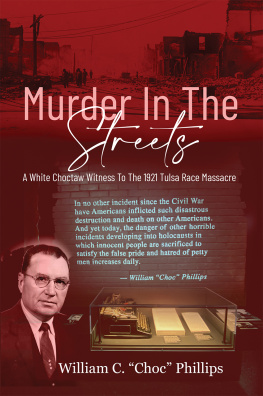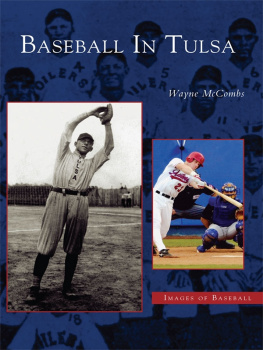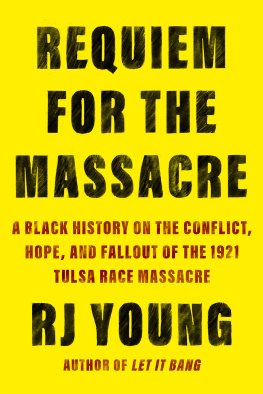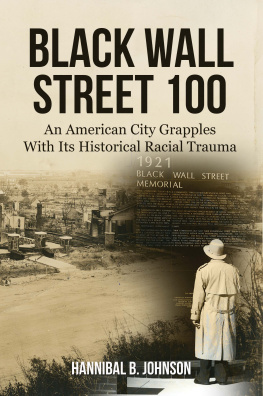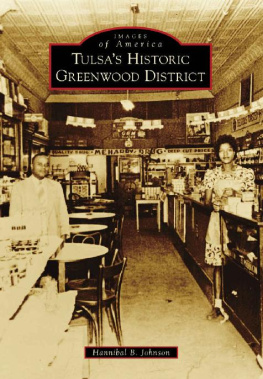William C Phillips - Murder In The Streets: A White Choctaw Witness To The 1921 Tulsa Race Massacre
Here you can read online William C Phillips - Murder In The Streets: A White Choctaw Witness To The 1921 Tulsa Race Massacre full text of the book (entire story) in english for free. Download pdf and epub, get meaning, cover and reviews about this ebook. year: 2021, publisher: Wild Horse Media Group LLC, genre: Art. Description of the work, (preface) as well as reviews are available. Best literature library LitArk.com created for fans of good reading and offers a wide selection of genres:
Romance novel
Science fiction
Adventure
Detective
Science
History
Home and family
Prose
Art
Politics
Computer
Non-fiction
Religion
Business
Children
Humor
Choose a favorite category and find really read worthwhile books. Enjoy immersion in the world of imagination, feel the emotions of the characters or learn something new for yourself, make an fascinating discovery.
- Book:Murder In The Streets: A White Choctaw Witness To The 1921 Tulsa Race Massacre
- Author:
- Publisher:Wild Horse Media Group LLC
- Genre:
- Year:2021
- Rating:3 / 5
- Favourites:Add to favourites
- Your mark:
Murder In The Streets: A White Choctaw Witness To The 1921 Tulsa Race Massacre: summary, description and annotation
We offer to read an annotation, description, summary or preface (depends on what the author of the book "Murder In The Streets: A White Choctaw Witness To The 1921 Tulsa Race Massacre" wrote himself). If you haven't found the necessary information about the book — write in the comments, we will try to find it.
The 1921 Tulsa Race Massacre occurred over two days, May 30 and June 1, 1921, when a white mob destroyed the African American section of Tulsa, Okla., known as the Greenwood District. As a result, more than 1,250 homes and businesses were destroyed, thirty-five square blocks of Tulsa leveled, and hundreds of innocent people were injured or dead.
There have been numerous book and news articles written about the 1921 Tulsa Race Massacre, but most of the first-person accounts were given by African Americans. However, William C. Choc Phillips was part white and part Native American and an eyewitness to one of the most violent episodes in the history of the United States.
A teenager and high school student at the time of the 1921 Tulsa Race Massacre, Phillips was present when the violence ignited in front of the Tulsa Courthouse and throughout the destruction that followed.
Phillips and a group of high school friends traveled the streets of Tulsa during the night of May 30 and the day on June 1. At times they were trying to get a better view of what was happening and at times trying to escape the lawlessness. They saw people murdered, buildings torched, and people treated as less than human.
The incident left a lasting impression on Phillips, and over the years, he researched and wrote his account of the 1921 Tulsa Race Massacre. He read most of the news accounts of the time and, in later years, interviewed other eyewitnesses of the devastation. Phillips attempted to make sense of what had happened and give a balanced report of the event.
Phillips was never able to get his manuscript published when it was completed in the 1980s. Despite the death and destruction, after the passing of sixty years, the 1921 Tulsa Race Massacre was not a well-known event on a national level. It was as if people wanted to pretend the violence never happened or, at the very least, forget about it.
In 2021 Greenwood Rising opened in Tulsa to commemorate the 100th anniversary of the 1921 Tulsa Race Massacre and, more importantly, to educate the public. Officials with Greenwood Rising thought William C. Choc Phillips account was important enough to create a display that showcases the original manuscript and the typewriter that produced it.
William C Phillips: author's other books
Who wrote Murder In The Streets: A White Choctaw Witness To The 1921 Tulsa Race Massacre? Find out the surname, the name of the author of the book and a list of all author's works by series.

